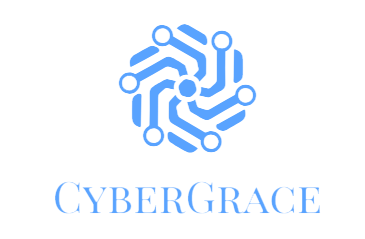Dental health is essential for one’s overall physical and mental well-being. Poor dental health can lead to many issues, including negative impacts on one’s self-confidence, an inability to chew food correctly, nutritional deficiencies from being unable to eat certain foods, potential infections in other parts of the body, and even an increased risk of heart disease. Findings by the American Heart Association have identified a link between gum disease and stroke. Moreover, they suggest poor oral hygiene is also associated with an elevated risk of coronary artery disease.
It has been estimated that 75% of Americans experience some form of gum inflammation or infection due to poor oral hygiene. This could be caused by inadequate brushing and flossing techniques, underlying medical conditions such as diabetes, or autoimmune diseases which reduce the body’s ability to fight bacteria in the mouth. If untreated, such situations can lead to oral ailments such as gingivitis, periodontitis, cavities, bad breath, and even tooth loss.
Because of dental health’s importance, dental clinics must continuously improve patient care. However, efforts might not matter if people cannot visit the clinic due to prohibitive expenses or long wait times. This is where online solutions come in. Here are a few to consider.
Online Appointment Schedule
Online appointment scheduling has become increasingly crucial for dental establishments, given the need to manage their patient base efficiently and accommodate more people promptly. An online reservation system allows patients to book appointments irrespective of their location or timezone. This is especially helpful for those with limited access to physical clinics due to distances, as they can conveniently arrange an appointment without geographical constraints.
Moreover, online appointment scheduling systems enable dentists and other medical personnel to streamline their operational processes, such as managing patient records, tracking appointment times and duration, and communicating with patients through automated emails or text messages. This eliminates any confusion or miscommunication that may occur in manual operations. Furthermore, integrated payment systems make it easy for them to collect patient payments, further simplifying their workflow.
From a patient’s perspective, having access to an online booking system makes it much easier to plan their visits and ensure they receive care when needed. Additionally, the convenience of scheduling an appointment remotely helps reduce wait times and long lines at the reception desks.
Educational Resources
Digital content such as videos, blogs, and infographics can be hugely beneficial in helping dental establishments attract customers. By providing educational resources that are engaging and informative, there is potential to capture the attention of likely patients who may have otherwise gone elsewhere for their oral health needs.
Videos are particularly effective since they offer an engaging and visual way to communicate with clients. For example, a dentist could produce a short video outlining the different services offered at their clinic or demonstrate proper brushing techniques to help prevent gum disease. Such videos help convey key messages quickly and easily, allowing viewers to access essential information without reading through long documents or visiting the clinic in person. Videos can also be shared across multiple platforms, such as social media, giving them greater reach than many other forms of digital marketing.
Many patients get dental implant procedures, which require careful and reliable aftercare. By providing educational resources such as blogs or infographics, dental establishments are better equipped to guide and inform their patients about the different steps involved in recovery. Moreover, these materials can help build confidence in a clinic’s services by showcasing their expertise in the field.
Telemedicine

Telemedicine provides an excellent way to connect with patients remotely while still delivering quality care without compromising safety protocols. This is especially useful during times of pandemic when you must minimize physical contact as much as possible. Telemedicine allows dentists to diagnose issues quickly and accurately through video conferencing and other digital tools like remote monitors or sensors that measure vitals such as blood pressure, heart rate, temperature, and oxygen levels.
This service provides tremendous value to patients, eliminating the need for travel and reducing waiting times for appointments. Additionally, telemedicine allows dental practitioners to stay connected with their current patient population while also attracting new clientele from different areas who may not be able to access traditional physical clinics due to geographical limitations. Furthermore, its cost-effectiveness makes it an excellent option for many cash-strapped organizations that lack the funds needed to build or maintain physical clinics.
Final Thoughts
As technology evolves, dental establishments must embrace digital transformation to remain competitive. By taking advantage of digital tools such as online booking systems and telemedicine platforms, dental clinics can streamline their operations and improve customer experiences, ultimately leading to increased patient satisfaction and higher profits. Additionally, educational resources such as videos or blogs can help attract new customers by showcasing a clinic’s expertise in the field. Therefore, all dental establishments must focus on moving online to stay ahead of the curve.

